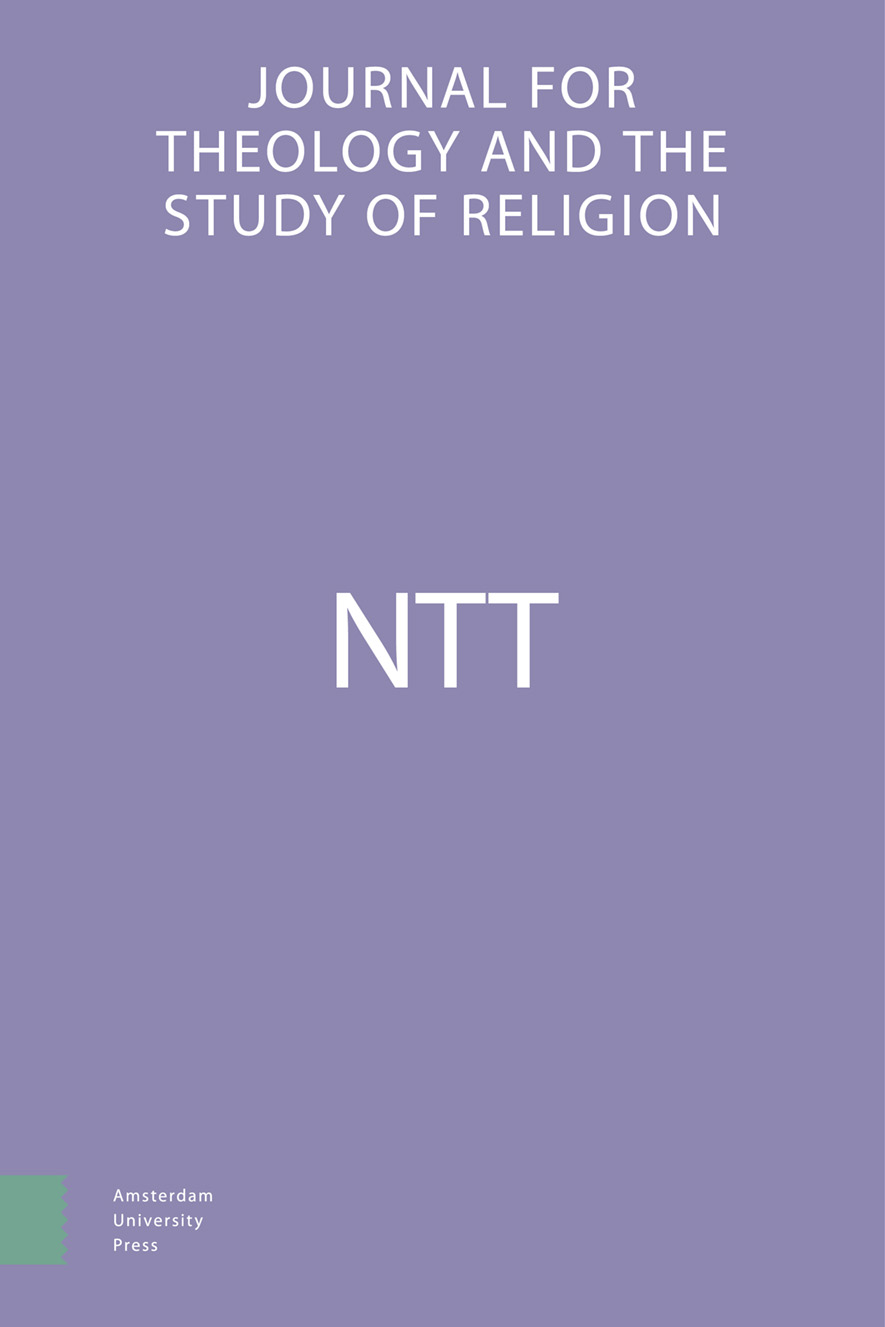-
oa De canonvorming van de Hebreeuwse bijbel, het Oude Testament
Een overzicht van recente literatuur
- Amsterdam University Press
- Source: NTT Journal for Theology and the Study of Religion, Volume 49, Issue 1, Jan 1995, p. 42 - 65
-
- 01 Jan 1995
Abstract
Since the end of the last century the so-called three-stage theory of the canonization of the Hebrew Bible in the period of 300 B.C.-100 A.D has been the prevailing one: canonization of the Torah in the fourth century B.C. (Ezra), of the Prophets about 200 B.C., and of the Writings about 100 A.D. at the ‘synod’ of Jamnia. In the last three decades, however, this theory has been challenged, and a variety of suggestions and proposals on aspects of the canonical process has been made. The article aims at informing the reader about these new ideas by offering a survey of (a selection from) recent literature on the subject. The literature is divided over nine issues: 1. An Alexandrian canon, 2. A synod of Jamnia, 3. The canon closed about 150 B.C., 4. The Law as the first canonical collection, 5. The Prophets: who are the Prophets?, 6. The revision/translation of Theodotion, 7. Sadducees, Farisees, and Essenes, 8. ‘Canonical approach’ and ‘canonical criticism’, 9. Canonical book and textual tradition. The article ends with a short discussion of the definition of ‘canon’ and ‘canonical’.


